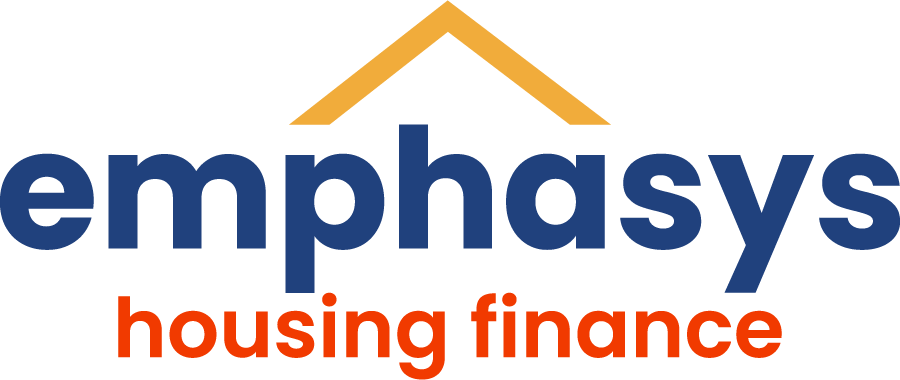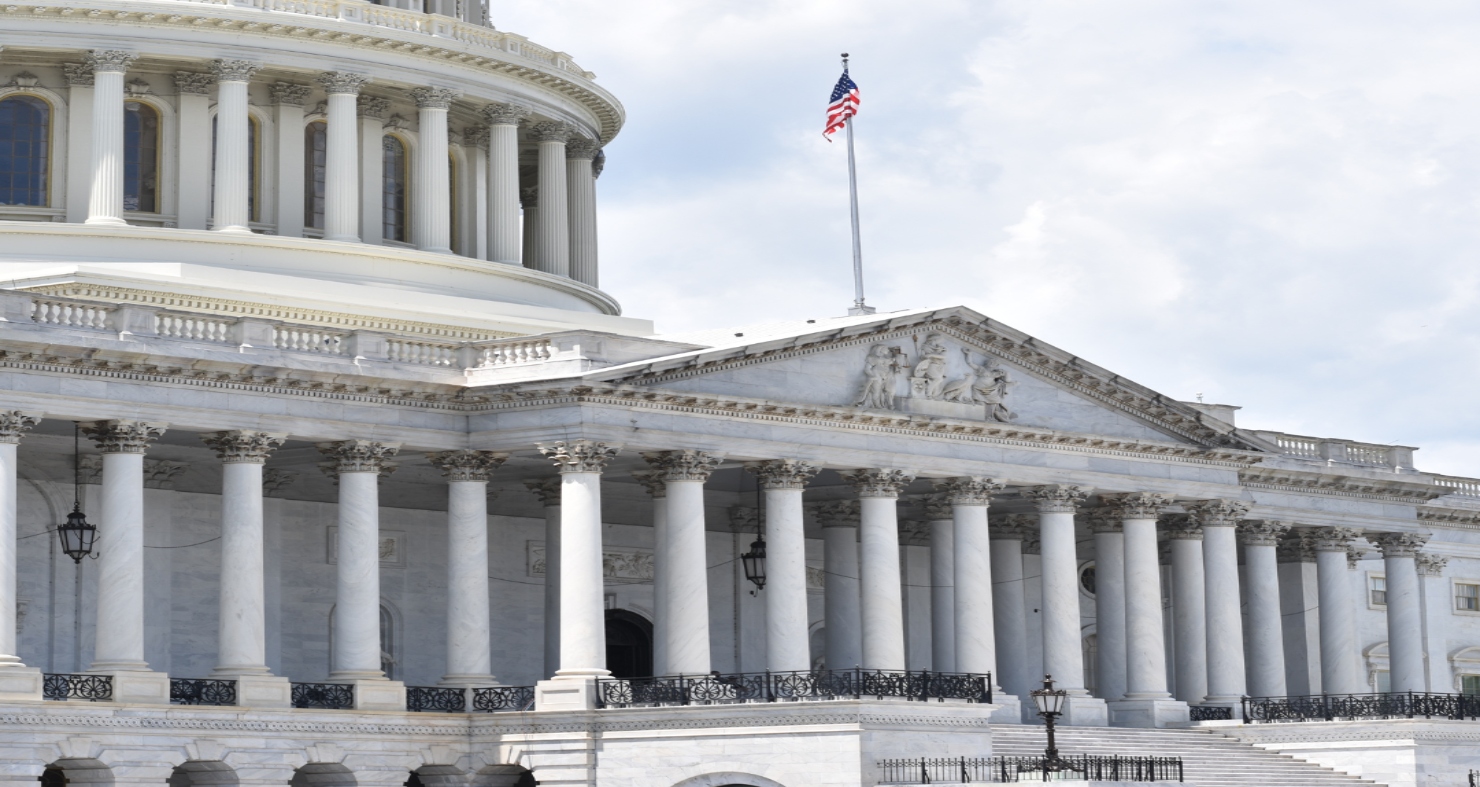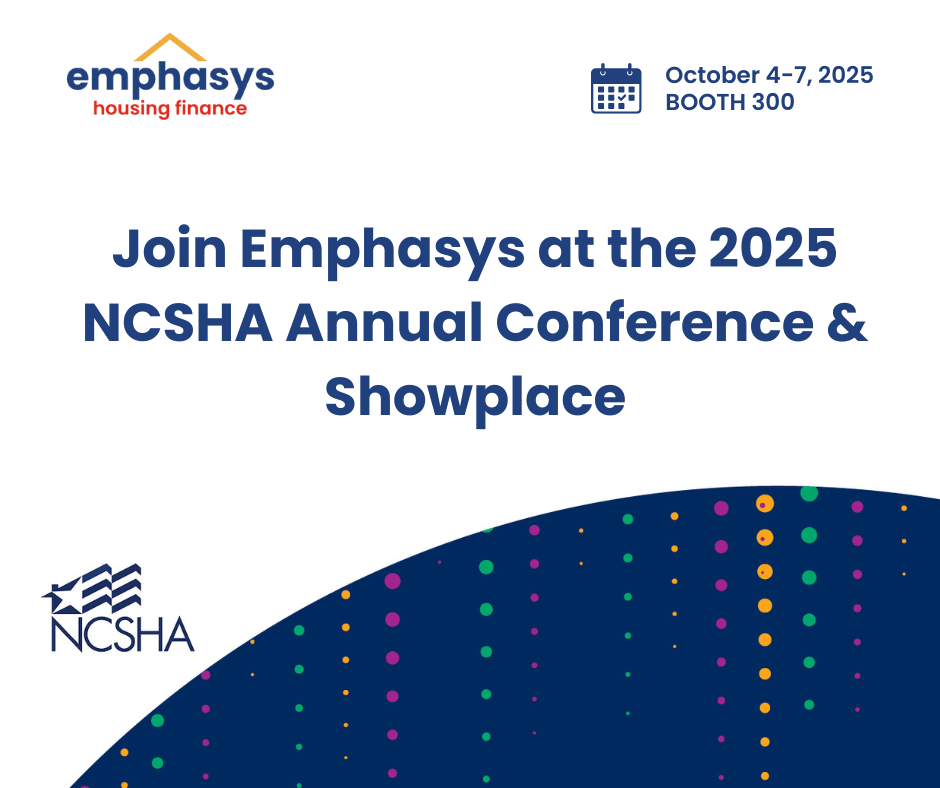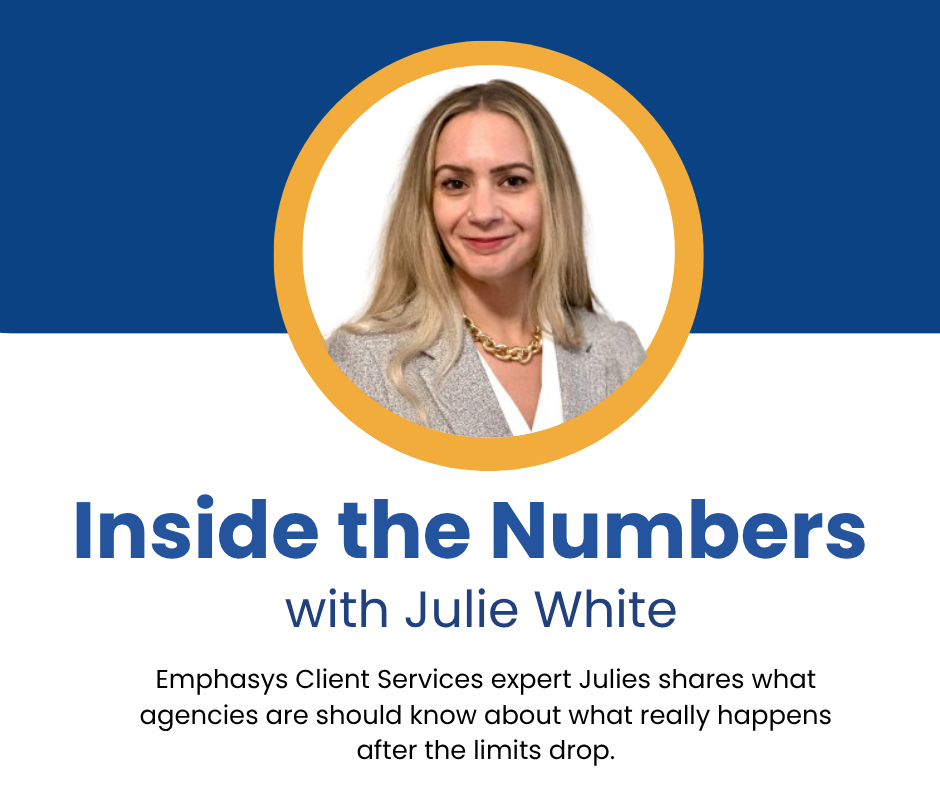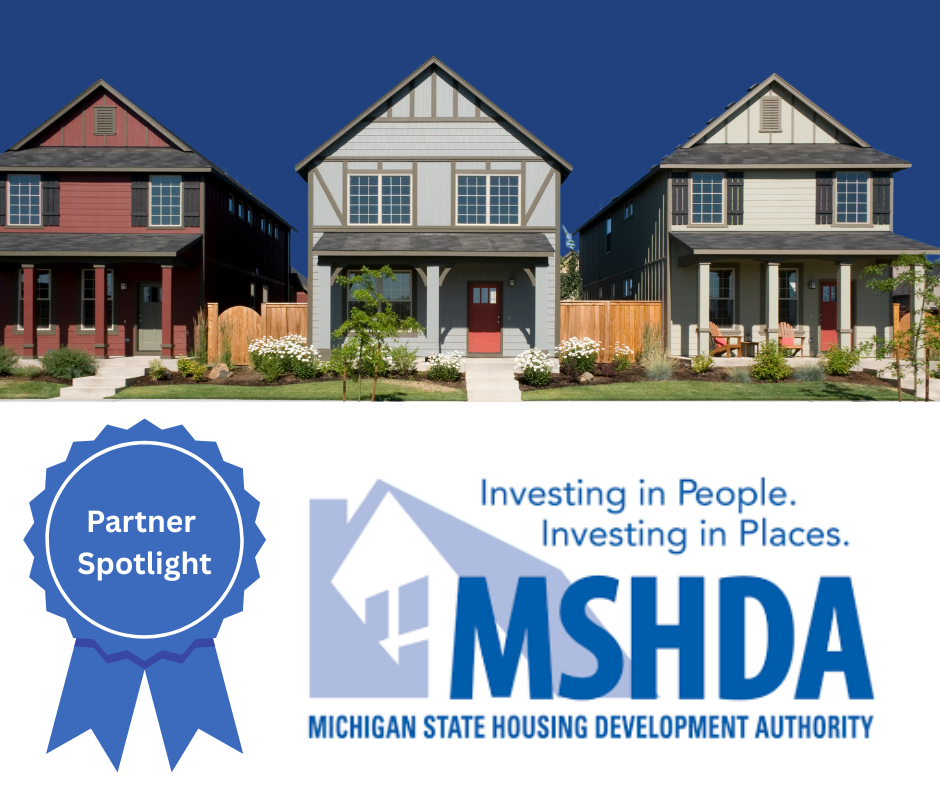AHCIA 2025: What the New LIHTC Expansion Means for HFAs
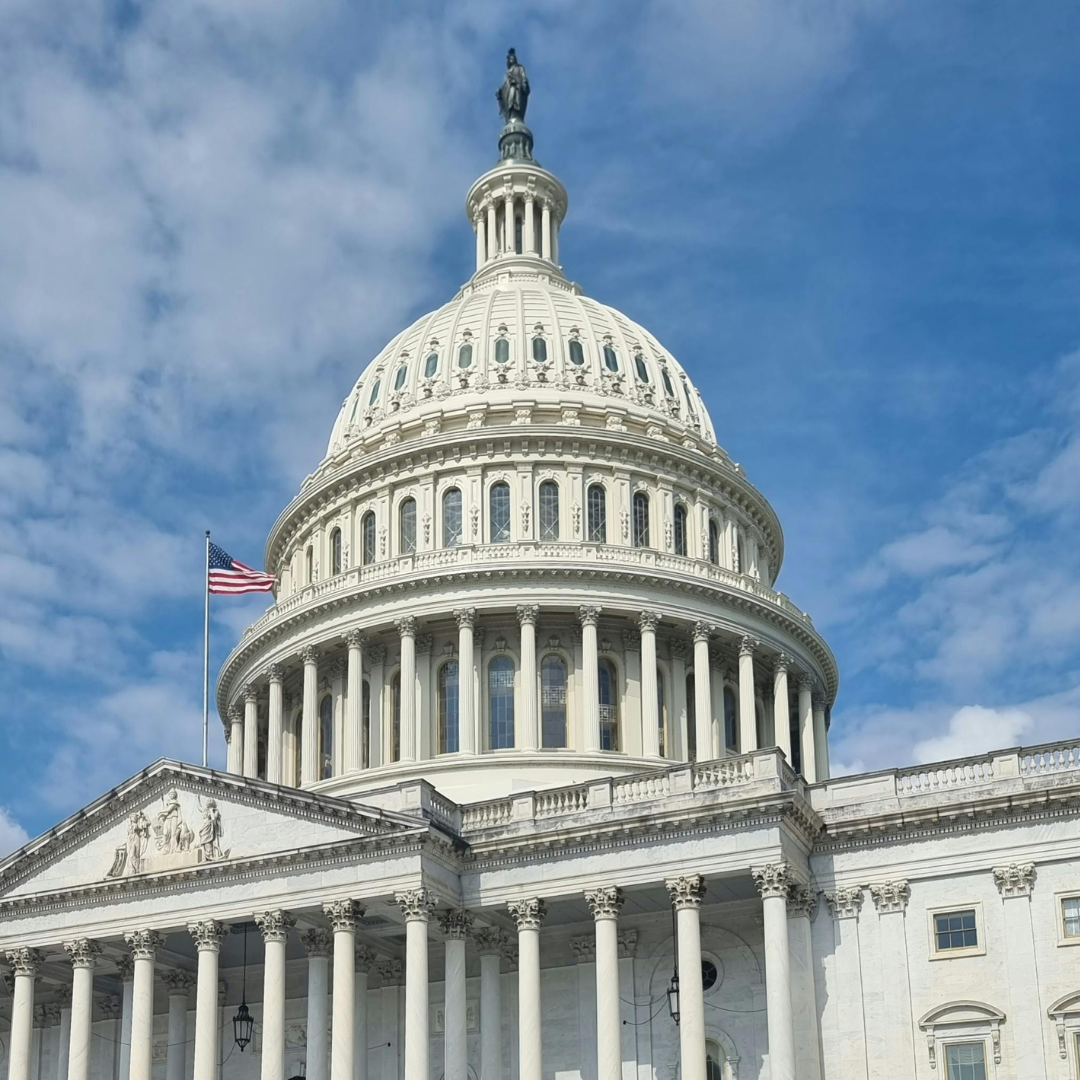
As Congress considers the most comprehensive overhaul to LIHTC in over a decade, HFAs must prepare for a potential influx of credit authority, developer interest, and compliance responsibilities.
What’s in the AHCIA Proposal (2025)
Introduced as H.R. 2725 in the House and S. 1515 in the Senate, the 2025 version of AHCIA includes three headline provisions:
- 12.5% increase in 9% LIHTC allocations for 2026 through 2029
- Reduction of the bond financing threshold from 50% to 30%
- Basis boosts of up to 30% for rural, tribal, and extremely low-income housing
These provisions may also increase interest in HFA-administered mortgage products and homebuyer assistance programs—especially where bond cap availability intersects with down payment initiatives. For HFAs offering these services, the Emphasys Single Family Suite supports efficient processing, compliance tracking, and long-term servicing.
According to the National Council of State Housing Agencies (NCSHA), this version could result in the construction of over 527,700 additional affordable housing units and support more than 900,000 jobs over ten years.
Impacts on Housing Finance Agencies
- Allocation Management: With a 12.5% increase in 9% LIHTC allocations, states will need to revisit their Qualified Allocation Plans (QAPs), refine scoring methodologies, and coordinate closely with developers.
- Bond Cap Strategy: Lowering the bond-financing threshold to 30% makes many more 4% LIHTC projects financially viable. As a result, states may see a surge in applications, requiring more rigorous bond cap management and pipeline forecasting.
- Basis Boost Targeting: Administering up to a 30% basis boost for rural, tribal, and extremely low-income developments will require agencies to define, implement, and defend scoring and eligibility criteria. This demands both clear policy guidance and system flexibility to adapt to local and federal priorities.
AHCIA gives agencies more resources to deploy, but also raises the bar on how those resources must be tracked, evaluated, and reported. The right systems will be key to making expanded authority count.
At the same time, HFAs are navigating implementation of the Housing Opportunity Through Modernization Act (HOTMA). HUD recently extended full compliance deadlines for multifamily programs to January 1, 2026, but many agencies are moving forward sooner.
HOTMA’s new rules around income calculations, asset limits, and interim reexaminations require systems capable of integrating nuanced policy variations. Tools like Emphasys’s Developer Portal and integrated compliance features—such as automated validations and reporting workflows—help agencies adapt to these layered changes by centralizing data, reducing manual input, and maintaining alignment with HUD timelines.
Together, AHCIA and HOTMA are reshaping how HFAs manage both program volume and program integrity.
Emphasys is already partnering with HFAs across the country to prepare for these shifts—our modular systems are built to adapt with policy, allowing agencies to move quickly without compromising control.
From Legislation to Action — The HFA Imperative
But opportunity also brings operational demands. As the volume and complexity of financing structures evolve—and as compliance rules tighten—HFAs must act with both speed and precision.
That’s where trusted infrastructure matters.
Emphasys HFA solutions are purpose-built to support agencies in this pivotal moment. From LIHTC allocation and bond management to integrated compliance workflows and developer collaboration, our tools help HFAs deliver scalable, transparent, and audit-ready affordable housing programs.
As you prepare your agency for what’s next—in Washington, in your state, and in your communities—Emphasys is here to help you lead.
Explore More
Stay ahead of what’s next in housing credit policy and compliance. See how Emphasys helps HFAs manage LIHTC allocations, bond tracking, and compliance workflows with confidence.
🔗 Discover EmphasysHFA Single Family Solutions
🔗 Connect with our team to learn more
